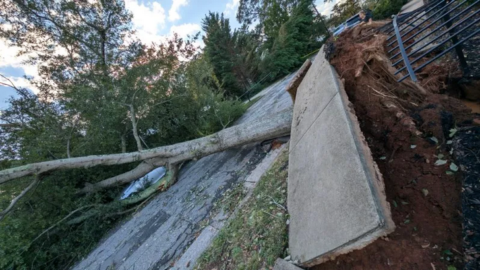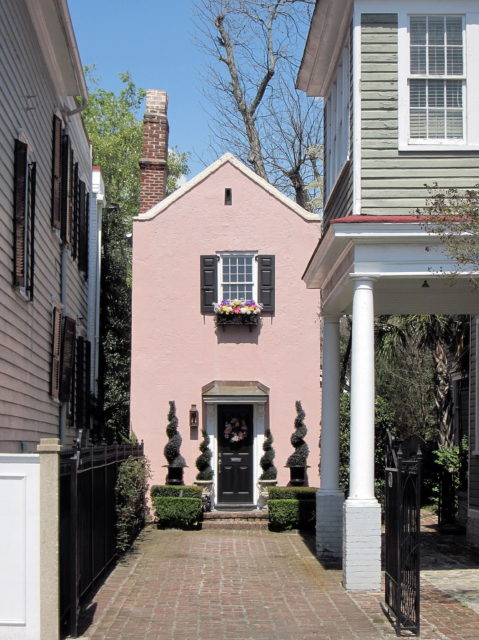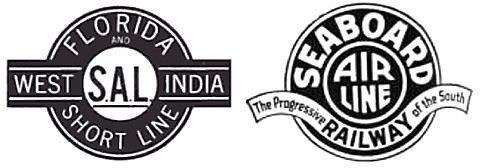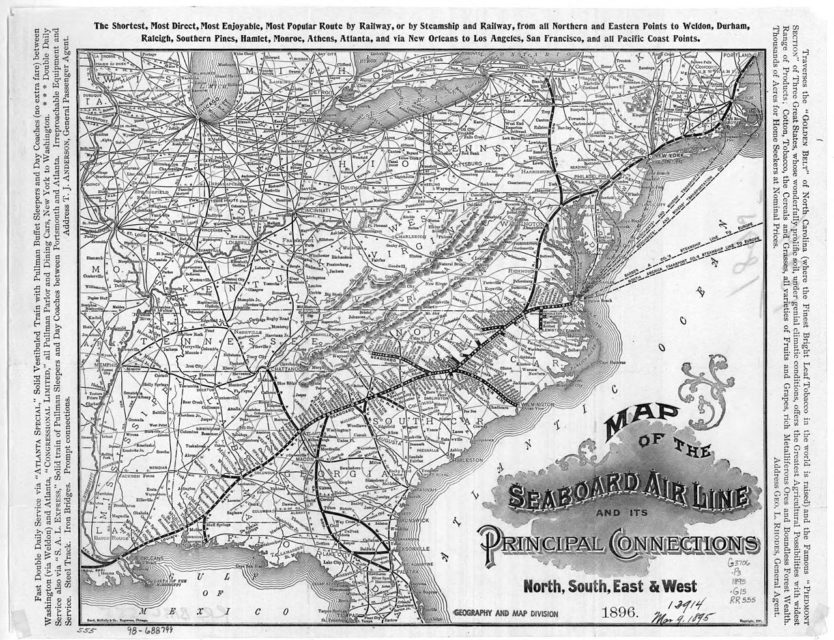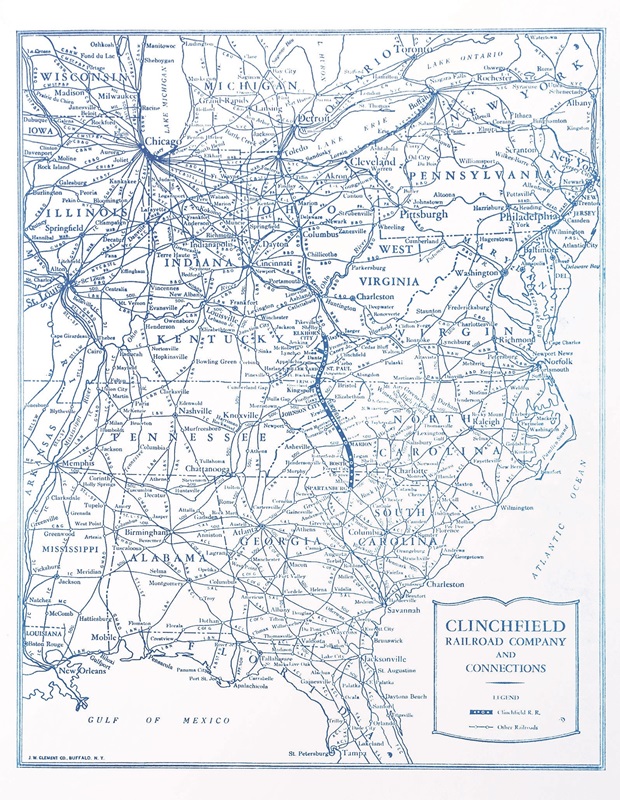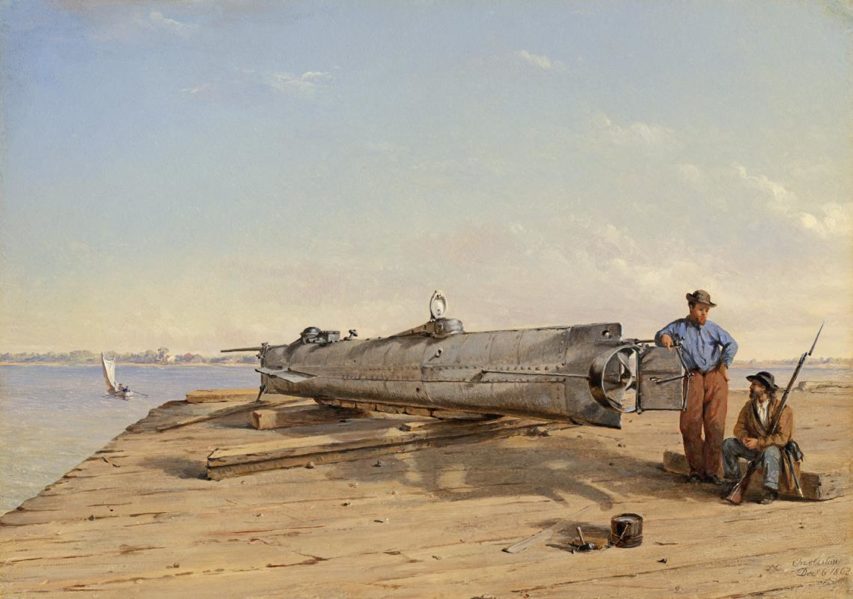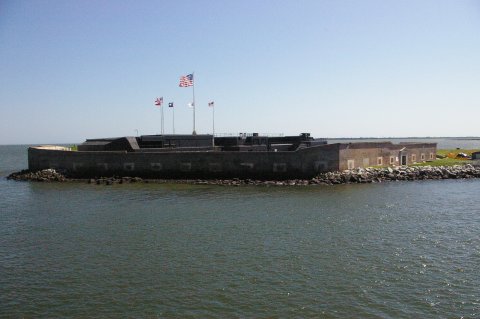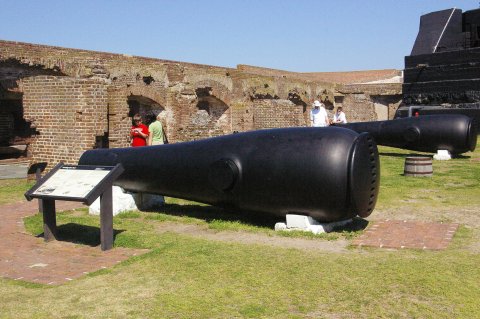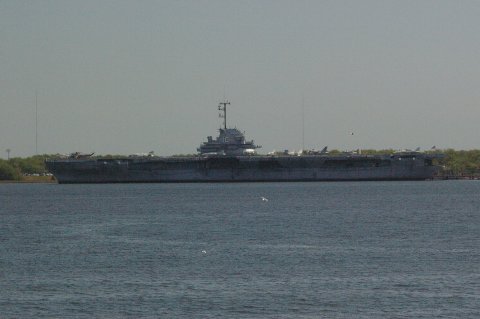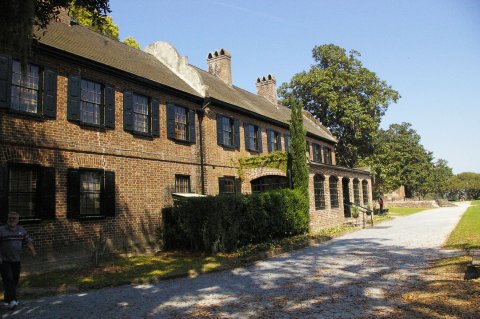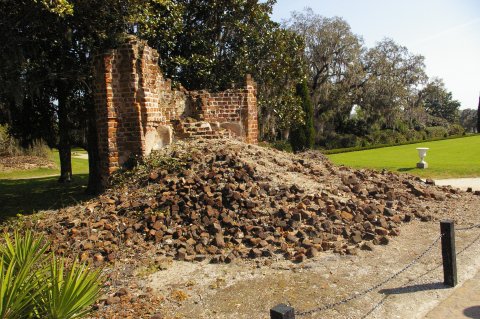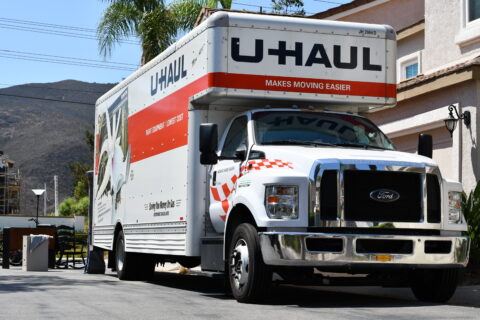
“U-Haul Rental Truck (44601958941)” by HireAHelper is licensed under CC BY 2.0 .
This probably won’t come as a surprise to many readers, but when people move, they tend to prefer migrating to places where, among other considerations, the taxes are lower than in their old digs. Data from the U.S. government as well as from moving companies reveals that — as we’ve seen in the past — high-tax states are losing residents to states that take a smaller bite out of people’s wallets.
“Americans are continuing to leave high-tax, high-cost-of-living states in favor of lower-tax, lower-cost alternatives. Of the 26 states whose overall state and local tax burdens per capita were below the national average in 2022 (the most recent year of data available), 18 experienced net inbound interstate migration in FY 2024,” Katherine Loughead wrote last week for the Tax Foundation. “Meanwhile, of the 25 states and DC with tax burdens per capita at or above the national average, 17 of those jurisdictions experienced net outbound domestic migration.”
Loughead crunched numbers from both the U.S. Census Bureau as well as U-Haul and United Van Lines. The government data tracks population gains and losses across the country while numbers from the private companies is helpful for comparing flows in and out of various states. The results are revelatory, though not unexpected.
“For the second year in a row, South Carolina saw the greatest population growth attributable to net inbound domestic migration” according to Census Bureau figures. The Tax Foundation separately ranks South Carolina at number 9 for tax burden, with 1 being the lowest tax burden among states and 50 the highest. Rounding out the top-10 population-gainers were Idaho (ranked 29), Delaware (42), North Carolina (23), Tennessee (3), Nevada (18), Alabama (20), Montana (27), Arizona (15), and Arkansas (26).
According to census data, Hawaii lost the biggest share of its population to other states; it’s ranked at 48 for the third-highest tax burden in the country. The rest of the top 10 states for population outflow were New York (50), California (46), Alaska (1), Illinois (44), Massachusetts (37), Louisiana (12), New Jersey (45), Maryland (35), and Mississippi (21).
Numbers released this month by U-Haul and United Van Lines showed migration patterns closely, but not precisely, tracking the Census Bureau’s information. Loughead attributes the disparities, at least in part, to the companies’ varying geographic coverage and market share.



